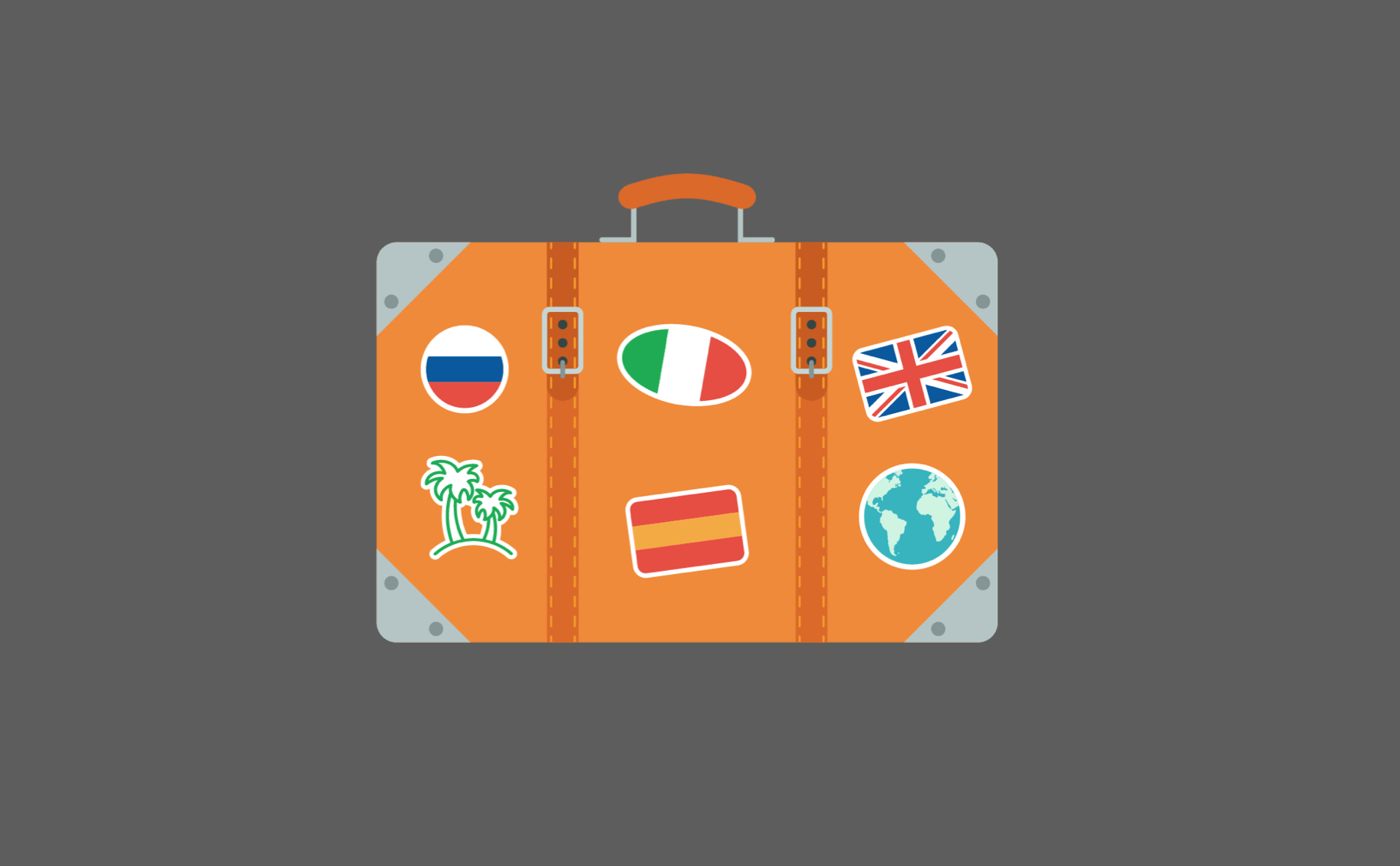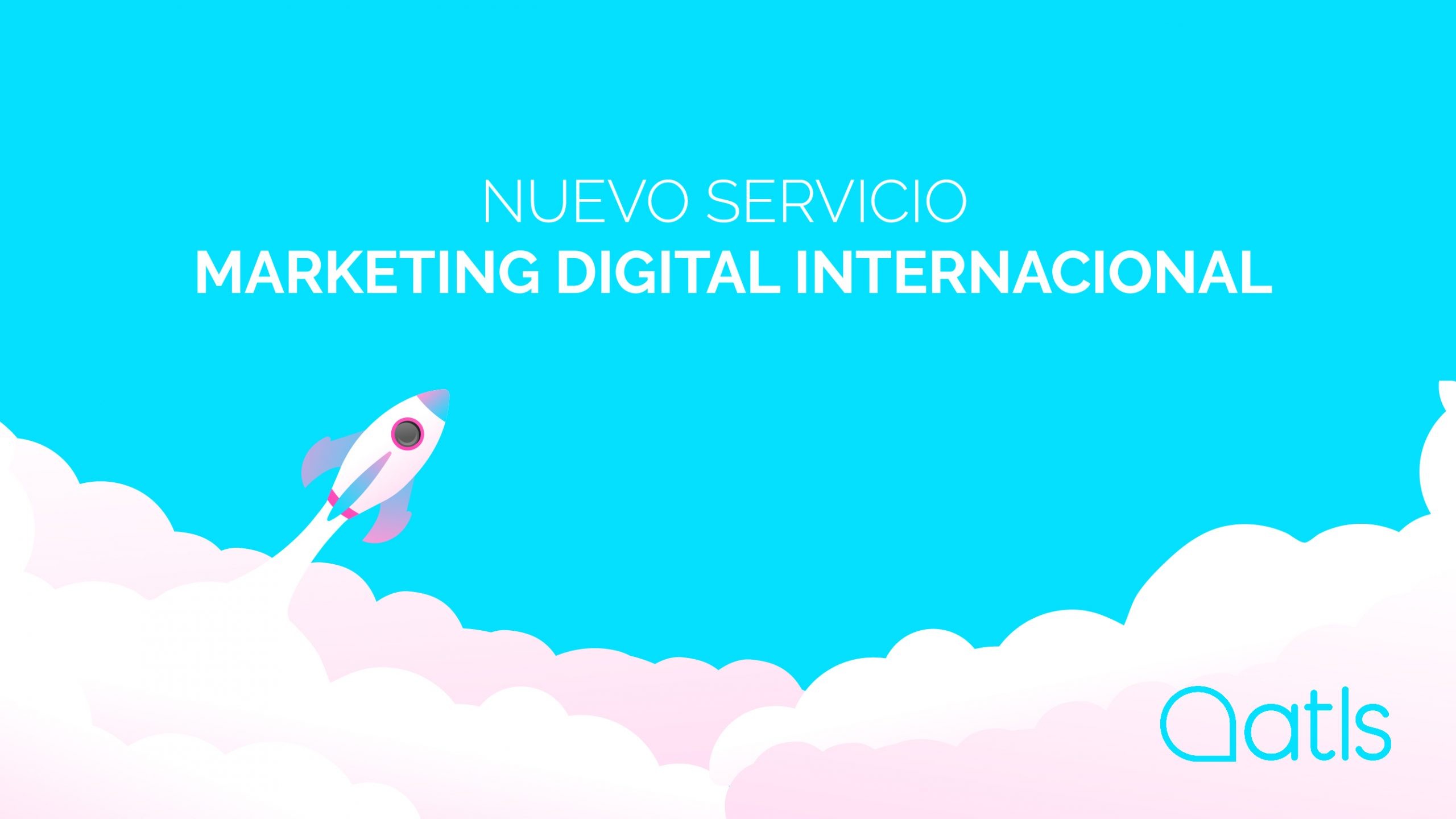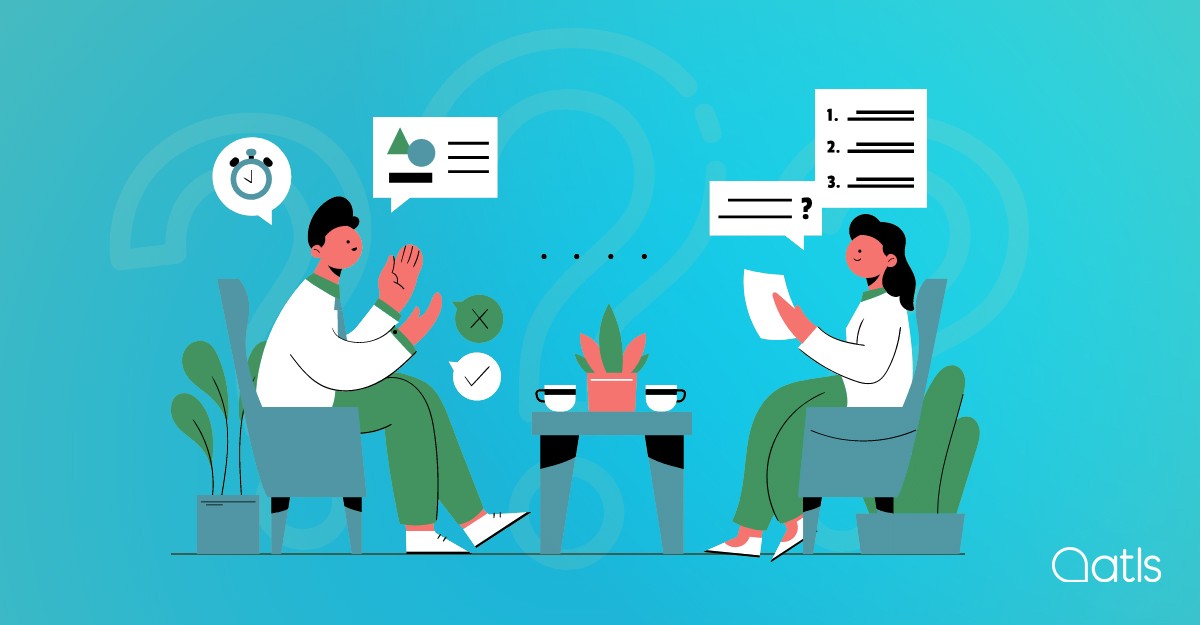Omnichannel strategies and why they are important to translate

Any company that wants to correctly manage their user experience must, without a shadow of a doubt, plan carefully and supervise the image its customers receive at each point of contact. The key to this is the creation of an omnichannel strategy (omnichannel is not the same as multichannel).
Do you want to find out how? In this post we're looking at what an omnichannel strategy is, and why it's so important when it comes to translating content.
What is an omnichannel strategy?
The omnichannel strategy is the set of tools a company uses to reach its customer base and the way it will take make the most of them to stimulate communication and interaction with its clients. Unlike multichannel strategies, where what matters is the different means of reaching the customer, in the omnichannel experience the customer is the centre. This strategy recognises the many different ways of reaching the client, but the focus is the way in which the customer uses and responds to these channels.
Benefits of an omnichannel strategy
An omnichannel strategy offers you new insights, action plans and real-time customer data, as well as a good brand/customer relationship which gives great value to the product or service.
Branding
It can be very beneficial to your brand image to maintain a consistent message, and this gives the customer more confidence. Furthermore, when everything is connected to the same information, the strategy can offer more flexibility to your company or product, thus gaining more prestige within the market.
Productivity
You'll have more control of all the areas of your business, as well as purchasing processes and analysis of information.
Boost sales
Implementing an omnichannel strategy will boost your business, as it allows the transversal organisation of your communication channels (physical stores, online stores, social networks, etc.) and enables your platforms to be more efficient, attracting the attention of your existing or potential customers.
Data collection
An omnichannel strategy will help your company to better understand the motives and preferences behind each purchase. This way you can include other marketing techniques, such as cross-selling and seasonal offers.
Examples of omnichannel strategies
It's one thing is to analyse the theory, but another altogether to see it in action by looking at case studies of companies who have already implemented omnichannel strategies. Here are some examples:
Sephora
Founded in 1973 in France, Sephora is now present in more than 30 countries. And anyone with an interest in beauty and personal care products will know that this is an innovative company when it comes to its communication channels. Through the mobile app, customers have access to a large number of new products, video tutorials, news and fashion trends.
In addition to keeping the audience up-to-date with news and trends, they created tools such as the Foundation Finder. The customer answers a fun questionnaire, then receives a suggestion of their ideal base according to their skin type, and it's easy to add the product to their shopping basket.
Here are some other examples of Sephora's omnichannel strategy which we wish to highlight:
- An app using artificial intelligence and facial recognition to identify the customer's skin tone and suggest complementary colours to create a perfect make-up look.
- The use of augmented reality technology (ColorIQ), which allows customers to virtually try a product before buying online.
- A loyalty programme with different savings options, samples and customer experiences.
Disney Parks
Disney offers an incredible omnichannel experience, down to the smallest detail. It starts with the initial website experience which features the entertainment giant's adaptive design. Their website for holiday planning also works correctly on mobile devices.
Once you have booked your trip, you can use the My Disney Experience tool to plan everything from the restaurants where you will eat to your Fast Pass reservations. Once in the park, you can use the mobile app to locate the attractions you want to visit and the queue times for each of them.
The company's creativity reaches new heights with the launch of its Magic Band programme. This tool works as a hotel room key, storage for the photos you take with Disney characters and an application to order food. This is the true omnichannel experience!
Starbucks
Starbucks Rewards is undoubtedly the mobile app with one of the best omnichannel experiences. The customer has a loyalty card, which anyone can obtain at a Starbucks store, that they can use whenever they make a purchase.
Any changes made by the customer to their card profile are applied across all channels in real time. In other words, Starbucks can reload your card by phone, via its website, via the mobile app or directly in a store before you make a new purchase.
Why is it so important to translate omnichannel content?
To effectively communicate with our customers we first need to research them, so that we know what they're like, where they're from, and how they found out about our brand. If our audience comes from different countries it's logical to think that content should be aimed at them specifically, and that all channels should be translated into their own languages to make it more personalised. These are the most common channels used by businesses and they should be perfectly translated:
- Website: this is our shop window, and in the majority of cases it's where sales will be completed. In previous posts, we've already looked at how important it is to have your website translated; and if you want to reach more customers, it needs to be localised.
- Social networks: companies use this channel to attract their audience, either with content to motivate them to take action, or to communicate with them about issues that could be of interest and build a relationship that way. It's no use having a well-translated website if the content uploaded to this channel is not.
- Marketing: both offline and online advertising lays the foundations for attracting customers to our business. It's all around us, and in the majority of cases we have it to thank for people coming to our website or physical shop. Content relating to marketing campaigns should also be adapted in all languages. If we have a customer in Brazil, for example, and they see a banner advert in Portuguese, it will always be much more effective than if it had only been translated into English. And this effectiveness will only increase if we use transcreation (creative translation) to make really powerful advertising campaigns.
- Email marketing: many customers subscribe to newsletters to get information, news, or promotions that they will be interested in and will prompt them to buy again. If the content of this message is in their own language, the user is much more likely to buy again. If you want to do this you need to have a database that's well segmented according to different countries, with content adapted to each language and culture.
- Mobile apps: e-commerce businesses must take into account the great growth potential of this method. For this reason, investing in the development and translation of apps is a safe bet for online store growth and internationalisation strategies. However, it is very important to be clear that translating an app is not enough: you should also localise the content. The main objective of localising an app is to achieve optimum user-friendliness, adapting to the target market.
Having an omnichannel strategy is no longer just a competitive advantage, but a requirement of the current market and even more so for businesses with a strong digital presence. It can involve a lot of organisation, in which all areas must work together in a coordinated manner to achieve the desired results. Omnichannel strategies can bring a huge variety of benefits to your product or service.
Is your omnichannel strategy ready? Congratulations! Do you want to conquer new markets? Remember, marketing which is oriented to customers around the world starts with a localised website, but it doesn't end there! All the content from your different channels (social networks, app, email marketing, online chats, etc.) must also be correctly localised in accordance with the market you wish to reach. Shall we talk?




